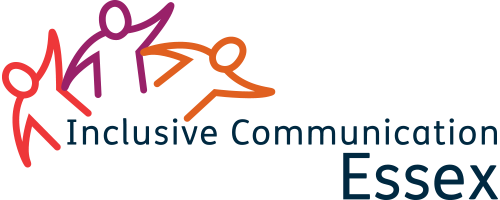It is about being aware and valuing all different ways a person may use to communicate to enable them to make and understand choices, express feelings and needs, and involve themselves in the world around them.
This approach supports the use of:
- Speech that is simple clear and at the right level for the person's understanding,
- Body Language that supports and matches the spoken word,
- Gestures that support and match the spoken word,
- Signing that is done at the same time as speaking and in the same word order,
- Pictures, photos, graphics and symbols that support both the spoken and written word,
- Objects that can be used to stand for people, locations or activities,
- Interactive approaches for those with profound learning disabilities and communication needs.
An environment that provides all these types of communication will help everyone to communicate better whatever their individual need.
To help providers of specialist hospital and residential services, the RCSLT recommends five good practice standards around speech, language and communication.
The five good communication standards:
- Standard 1: There is a detailed description of how best to communicate with individuals.
- Standard 2: Services demonstrate how they support individuals with communication needs to be involved with decisions about their care and their services.
- Standard 3: Staff value and use competently the best approaches to communication with each individual they support.
- Standard 4: Services create opportunities, relationships and environments that make individuals want to communicate.
- Standard 5: Individuals are supported to understand and express their needs in relation to their health and wellbeing.
Read the document: Five good communication standards

